Culture & Lifestyle
Keeping up with the world’s largest Passover Seder in Kathmandu
On April 19, nearly 2,000 Jewish people from across Asia will gather in Kathmandu for the annual Passover festival, one of the most important Jewish holidays.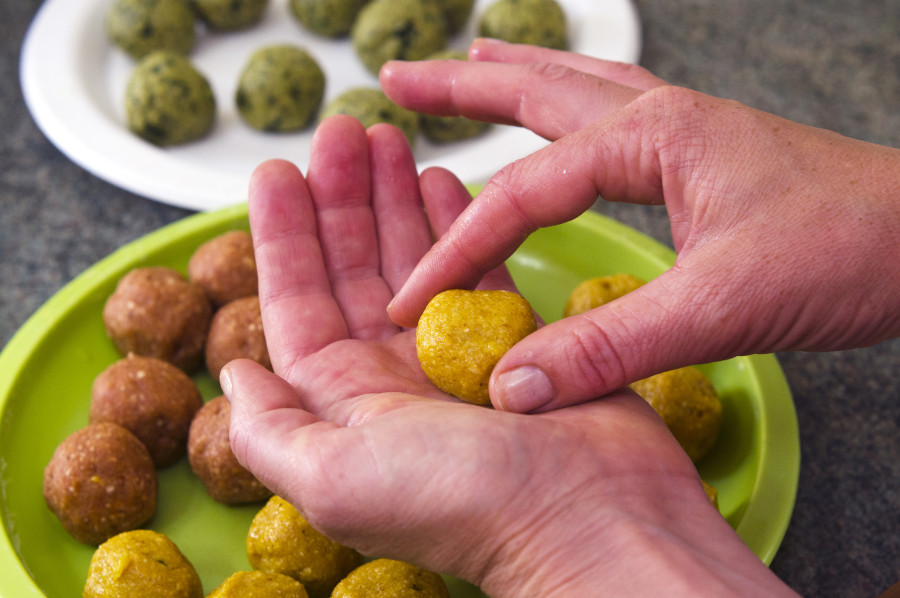
Rose Singh
On April 19, nearly 2,000 Jewish people from across Asia will gather in Kathmandu for the annual Passover festival, one of the most important Jewish holidays. They come from India, Thailand, Australia, Israel, the US and Europe, and are mostly young backpackers in the region for hiking, trekking and general touristing. But for the first two days of the festival, they all congregate in Kathmandu for the Passover Seder, a feast that marks the beginning of Passover.
Passover, a traditional Jewish festival, is celebrated by Jewish people all around the world to commemorate their emancipation from slavery in ancient Egypt by the God Jehovah himself and their liberation as a nation under the leadership of Moses over 3000 years ago. It also harkens the onset of spring.
“We believe in the importance of togetherness in the Jewish community because we are who we have for us and it’s really important for us to protect ourselves and our culture,” says Chani Lifshitz, founder and co-director of the Chabad House of Kathmandu, which hosts the annual celebration.
The Seder begins in the evening, when everyone sits together and eats from a traditional Seder plate, which consists of three matzos (unleavened flatbread) on top of each other, zeroa (roasted lamb shankbone), maror (grated horseradish), charoset (a mixture of chopped apples, nuts and wine), karpas (green, non-bitter vegetables), fruits, bitter herbs, salt-water and four glasses of red wine each.
All of the food on the kosher Seder plate has its own symbolism. For instance, the stacking of the three matzos represents the haste of the Jews while leaving Egypt, as well as symbolising the importance of the Trinity, while the bitter herbs symbolise the bitterness that slavery carried. During the ceremonial meal, each dish on the Seder plate is eaten in a particular order and in specific combinations.
Apart from the widespread significance of Passover celebrating the liberation of Jews from slavery, it is also believed that the Hebrew slaves were in such a haste to leave that they had to bake dough into hard crackers in the desert sun, rather than waiting for the bread to rise, which is matzo.
Passover is also seen as an opportunity to educate young people about the rich culture that the Jewish people have been carrying for thousands of years.
The tradition of celebrating Passover in Nepal dates to 1989, when Jewish travellers first came to Nepal and started celebrating Passover among themselves. Over the years, the celebration continued to grow, with volunteers ensuring that the food was kosher and there was enough matzo and wine to go around. In 2000, when Chani and Rabbi Chezki Lifshitz came to Kathmandu and started the Chabad House in Thamel, they took over the organisation of the festival.
In 2006, Nepal saw around 1,500 Jewish people come together to celebrate the festival and the numbers have been growing ever since. Although there was a decline in numbers during the 2015 earthquake, the festival is now celebrated by over 2,000 people and is marked by a coming together, special Passover songs, reciting the holy text of the Haggadah, and of course, the Seder meal.
This year, the festival will be taking place from April 19 to 27, at a location that hasn’t been made public yet for security reasons. But Jewish people have already started to fly to Nepal and most foods have been imported.
The preparations for the festival begin by bringing in rabbis from Israel to prepare for the arrival of thousands of Jewish backpackers. The rabbis dispatched to Nepal arrive at the Chabad House with hundreds of pounds of kosher matzo, kosher foods and the religious Seder prayer book, the Haggadah. They prepare the food and take part in cleaning, which is also part of the prohibition on chametz, leavened breads and foods.
“In order to prevent the grains from mixing with water and rising to take the form of chametz, wherein the food grain is allowed to rise, which is strictly not allowed in the festival, the entire house or surroundings where the celebration takes place is cleaned,” says Chani. “This also symbolises the removal of egotism and spiritual coarseness from life.”
Chametz can also be understood as any bread or food that takes longer than 18 minutes to prepare. This includes wheat, barley, rye, oats, fish without scales, yeast, beer, and whiskey.
“This is another reason why matzo became such an important part of the tradition, because it takes less than 18 minutes to cook. Matzo is the food of hurry,” says Hodaya, 28, a Passover volunteer at the Chabad House.
This significance and popularity of matzo and the increasing number of Jews coming in to celebrate the festival has seen its import grow from 1,100 pounds in 2012 to 4,500 pounds in 2019, says Chani.
Due to the large number of Jews visiting Nepal, the Lifshitzs have also started a Chabad House in Pokhara and Manang. The Passover celebration in Manang is known as the world’s highest celebration.
As such, Chabad House has become a home away from home for many young Jewish people from all over the world.
“People come here to trek up the Himalayas but their first stop after reaching Nepal is Chabad House,” says Hodaya. “I come here myself because of the warm and welcoming environment. It’s just like home.”
The popularity of the Seder in Kathmandu has meant that many other Chabad Houses have sprung up around Asia. One new celebration in Thailand promises to have even more attendees than the one in Kathmandu. But wherever it may take place, Passover is a time for the Jewish people to come together, make merry, and celebrate and safeguard their religion and culture.
“Our rabbi has always preached to us the importance of being together and saving each other,” says Chani.




 12.99°C Kathmandu
12.99°C Kathmandu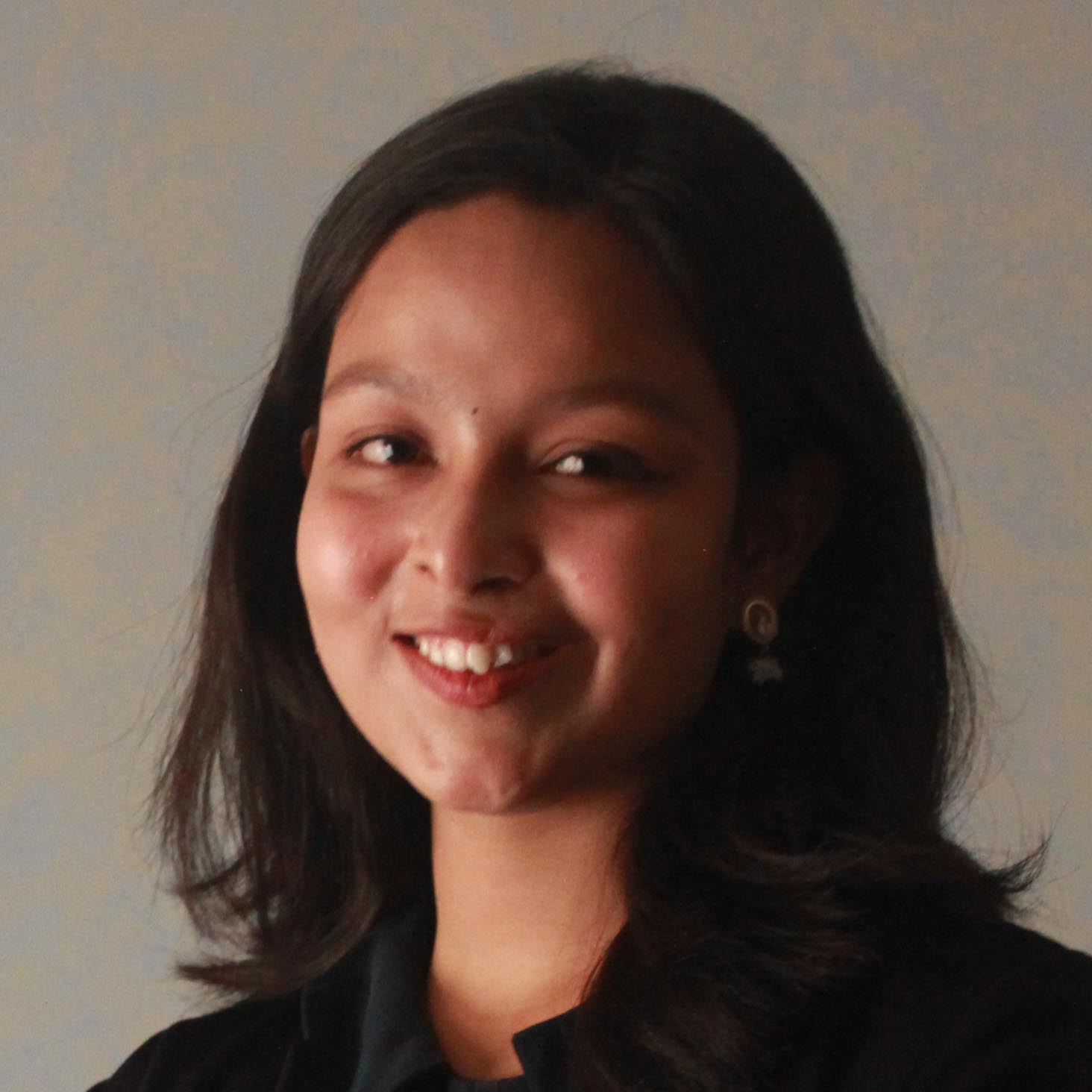

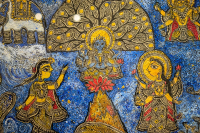
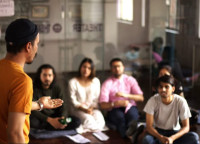
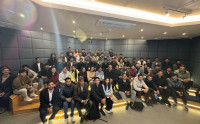









%20(1).jpg&w=300&height=200)

